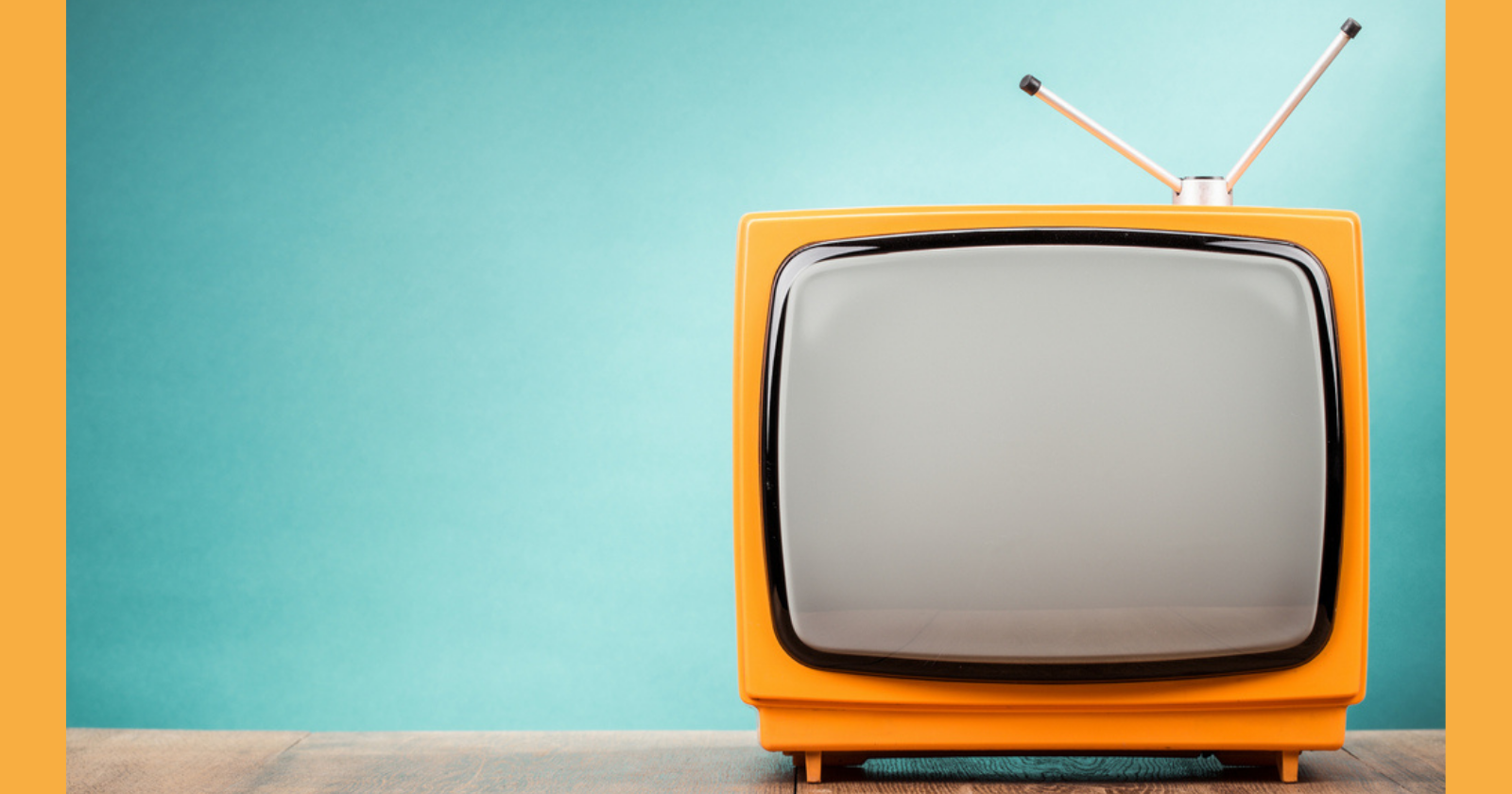Can you learn more about content marketing — especially content distribution — from watching TV than from reading other content marketing writers’ columns?
Yes. Absolutely.
This isn’t just some justification for my watching so much TV (although it is convenient, I’ll admit).
The entertainment industry really is one of the best places to look for content inspiration. After all, music, movies, books, and TV are all content.
What’s more, the entertainment industry has mastered marketing that content.
Let’s take a look at seven key lessons you can take from entertainment and apply to your content marketing campaigns, regardless of industry.
1. Content Can Be a Product
The entertainment industry shows us how many different ways content can be a product.
Content marketers have often heard, “think like a media company,” but assumed that meant a newspaper or magazine.
But content and media are more than that.
Content can be all kinds of different experiences.
Take Disney, for example. It’s one of the biggest media companies out there.
And Disney has all different types of content and media under its umbrella — movies, TV shows, music albums, news TV, a streaming platform, books, Broadway shows, ice shows, and even entire theme parks.
We don’t explore all the different options we have for content channels when we’re just focused on what other marketers are doing.
When we look outside our own industry and at other products, industries, and niches, we tend to explore more creative options.
2. Diversify Your Assets
Building off the Disney example, just look at that list of different areas of content they produce. Their content portfolio is diversified.
It doesn’t matter whether a child prefers books, short videos, or listening to music, there are multiple options for parents to provide every classic Disney story in their child’s format of choice.
Diversifying your content has two main benefits:
- It creates a way to meet a potential audience member where they’re at and bring them into your brand’s world, regardless of their content format preferences. It can be difficult to convince a stranger to your brand or content to engage that first time in a format they’re not a fan of in the first place.
- Once people are in your world or your audience, diversifying your content gives you multiple ways to engage them.
Not everyone will consume the same message in multiple formats. But the right and most engaged people – the people most likely to become customers – just might.
3. Fans Love a Good Rerun
Let’s talk more about those “right” people. Your superfans.
In content marketing terms, they’re the prospects who become loyal customers.
In entertainment terms, they’re the ones at the midnight movie premiers; they’re at the stage doors after concerts, with piles of merch for signing.
Superfans are the ones who will watch the TV show every time it’s on, no matter how many times they’ve seen that episode before.
And it’s important to cater to them. With your content, that means creating content experiences prime for binging and consuming more than once.
For example, grouping YouTube videos into playlists, creating reusable assets as lead magnets, and offering downloadable content are different ideas that might apply to your strategy.
Help your audience out and make it easy for them to re-consume or reference your content later. That means keeping it evergreen, user-friendly, and optimized.
4. Amplify Your Greatest Hits
If you have tons of content, it can be overwhelming to think of where to start with your rerun strategy.
So when it comes to any kind of content updating or optimizing, I always recommend starting with your greatest hits.
Your greatest hits are the content proven to attract, engage, or convert those right-fit audience members to take the next step.
It’s objectively successful.
So when it comes to things like diversifying content formats, syndicating content, updating content, and more, your greatest hits are where you should start.
Get those quick wins under your belt.
All of your content experiences should be designed to put your best working content front and center.
5. Know the Difference Between a Single and a B-Side
Content marketers are sometimes guilty of not thinking enough about bottom-of-funnel content for customer retention and loyalty.
Or, if they have thought about it for their company, they often measure it by the same metrics as content at the top of the funnel, such as page views and rankings.
But smart marketers know the difference between a hit single and a B-side.
Not every piece of content needs to rank highly in search or get tons of page views to serve its purpose. Similarly, not every song on an album needs to top the charts and get tons of radio play.
Musicians don’t necessarily release their best songs as singles; they release the ones with the most mainstream appeal. Singles are top-of-funnel content that goes out to find fans, and B-sides are special bonuses for those fans.
6. Content Is a Multichannel Experience
Marketers are too primed to think of media only in terms of newspapers and magazines.
It’s too narrow a comparison.
There are so many more formats and channels out there waiting to inspire you.
As the entertainment world has shown us, content that can cross channels and engage users in multiple ways creates the best experience.
Think of the early ages of MTV and the prime era of music videos. People were accustomed to the music they experienced in the comfort of their home as an audio-only experience. Adding another form of stimuli rocked pop culture.
With that said, adding another channel experience to your content doesn’t need to be a massive culture shift.
It can also be added to surprise and delight the consumer. That’s the perfect description of how I felt when I first learned that CD jackets had all the lyrics and notes from the musician on the inside.
7. Content Is Part of Culture
Entertainment content is the best proof there is on how content is part of a larger culture.
Your content and marketing don’t exist in a vacuum, separate and apart from what’s going on in the world and your industry.
You can serve your audience and brand better when you’re tuned in to what’s going on.
Be aware of what’s happening in entertainment, news, politics, and more.
That’s not to say you have to talk about those things in your content, but it’s important to be informed.
For example, knowing the context of a common hashtag before using it can avoid an embarrassing brand slip-up. Yet that’s basically its own genre of marketing mistake, when it could so easily be avoided.
It’s always important to know your customer and what’s going on in their life, and world culture is a part of that.
What Does It All Mean?
When content marketers only watch, learn, and get inspired by other content marketers, all our marketing starts to look alike.
It’s already happening; we live in a world of “blanding” where brands become practically identical to one another.
Break out of your bubble and get inspired to help your brand stand out in new and meaningful ways. Entertainment is a fun place to start.
More Resources:





![AI Overviews: We Reverse-Engineered Them So You Don't Have To [+ What You Need To Do Next]](https://www.searchenginejournal.com/wp-content/uploads/2025/04/sidebar1x-455.png)